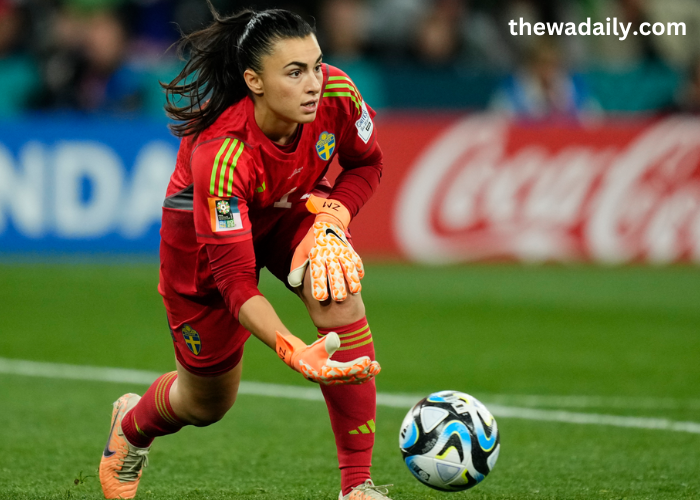Women’s soccer has come a long way from its humble beginnings to becoming a globally recognized and celebrated sport. This evolution is a testament to the resilience, determination, and passion of countless women who have broken barriers and set records, paving the way for future generations. Discover the excitement of Babaijebu, a website dedicated to providing thrilling online gaming experiences. Play and win big with our diverse range of games. Join now!
Early Beginnings and Challenges
The origins of women’s soccer can be traced back to the late 19th and early 20th centuries. Despite the enthusiasm of early female players, the sport faced significant societal and institutional resistance. In England, for example, the Football Association (FA) banned women’s matches from being played on their grounds in 1921, citing concerns about the appropriateness of the sport for women. This ban, lasting until 1971, severely hindered the growth of the sport.
In the United States, women’s soccer had its own set of challenges. It wasn’t until the 1970s, with the passage of Title IX—a federal law that prohibits gender discrimination in education—that women’s soccer began to receive more support and resources at the collegiate level. This legislative change was a crucial step in providing opportunities for young female athletes to pursue soccer seriously.
Breaking Barriers
The lifting of bans and the implementation of supportive legislation marked the beginning of a new era for women’s soccer. The 1991 FIFA Women’s World Cup, held in China, was a landmark event. It was the first official Women’s World Cup, and it showcased the incredible talent and potential of female soccer players on an international stage. The United States team emerged victorious, signaling the country’s rise as a powerhouse in women’s soccer.
The 1999 FIFA Women’s World Cup, hosted by the United States, further cemented the sport’s popularity. The iconic image of Brandi Chastain celebrating her winning penalty kick in the final against China became a symbol of triumph and empowerment. The tournament drew unprecedented crowds and television audiences, demonstrating the commercial viability and widespread appeal of women’s soccer.
Setting Records
Over the past two decades, women’s soccer has continued to break records and set new standards. The 2015 FIFA Women’s World Cup in Canada set a new attendance record, with over 1.35 million spectators. The final match, in which the United States defeated Japan 5-2, became the most-watched soccer game in U.S. television history, drawing over 25 million viewers.
Individual players have also made history. Brazilian forward Marta has become one of the most celebrated athletes in the sport, earning the FIFA World Player of the Year award six times. Her incredible skill and longevity have inspired countless young players worldwide.
The National Women’s Soccer League (NWSL) in the United States, founded in 2012, has provided a professional platform for female athletes to showcase their talents. The league has grown in popularity and stability, attracting top international talent and fostering homegrown stars. In Europe, leagues like the Women’s Super League (WSL) in England and Division 1 Féminine in France have also seen significant investment and growth, elevating the standard of the sport globally.
Future Prospects
The future of women’s soccer looks bright. Increased investment, better infrastructure, and growing media coverage are contributing to the sport’s continued rise. The successful campaign for equal pay by the U.S. Women’s National Team has also set a precedent for other athletes to demand fair treatment and compensation.
Moreover, the sport is expanding in regions where it previously had little presence. Countries in Africa, Asia, and South America are developing their women’s soccer programs, promising a more competitive and diverse global landscape in the coming years.
Conclusion
The evolution of women’s soccer is a story of breaking barriers and setting records. From overcoming societal prejudices and institutional hurdles to achieving global recognition and success, the journey of women’s soccer is a testament to the power of persistence and passion. As the sport continues to grow, it will undoubtedly inspire new generations of female athletes to dream big and push the boundaries even further.
